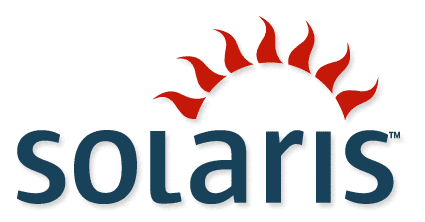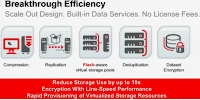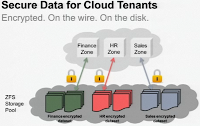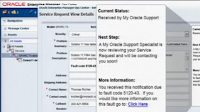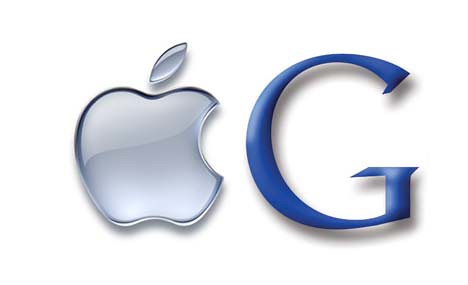 Solaris 11: A Cloud in a Box!
Solaris 11: A Cloud in a Box!Abstract:
Computing industry began with resource centralized on singularly large computing platforms. The microprocessor brought computing power into the hands of individuals in homes and offices, but information was still centralized in each location. The creation of The Internet allowed for the sharing of information between homes and offices, around the globe. Reliable server and telecommunications infrastructure was required to make it work, applications were somewhat limited to a handful of standard Internet protocols, such as HTTP. Cloud Computing has been coming of age over the past number of years, driving custom applications to proprietary API's, to move more applications into the Internet, but this is quickly changing as operating system vendors include more robust virtualization. Cloud Computing is really about the virtualization of Internet infrastructure, including servers, to a point where pieces do not have to reside on the internet, nor in an office, nor just a split between the two - but can reside anywhere, including entirely in a laptop. Solaris 11, the first Cloud Operating System, offers the ability to virtualize everything, from entire data centers across thousands of platforms, to thousands of platforms virtualized on a laptop.

Simulating The Cloud: A Practical Example
Joerg M., an Oracle employee and publisher of C0T0D0S0, discusses Solaris 11 with some of it's features, demonstrates the building of a cluster of virtual data centers within a single operating system instance. If someone runs a data center, they should consider reviewing the article to better comprehend the capabilities of what a "Cloud" could and should be.
It should be noted that "simnet" clause to the "create-simnet" and "modify-simnet" are formally undocumented, but documented in the OpenSolaris released source code, and leveraged in various other derived Open Source branches. One of the most important distributions being the Joyent SmartOS cloud operating system distributions.
Not Included, but Not Out Of Scope
What is not included in Joerg's example are actual systems on the edges of the cloud. Adding them is actually more trivial than adding the virtual routers which were created. Add virtual interfaces, virtual systems, databases to virtual systems, middleware to virtual systems, applications to virtual systems, add bandwidth & latency limitations to WAN links, add port limitations to virtual firewalls, etc.
Why Go Through the Exercize?
Once someone builds the entire datacenter "in the box", creation of the real data center becomes trivial. But why does this matter?
- For the first time, real test environments can be simulated, soup-to-nuts, in an inexpensive way. There is no charge for virtualization in a Solaris world.
- Costs can be reduced by placing all development systems into a couple of "clouds" for virtually any number (Solaris supports over 4000 zones on a single OS instance) of applications
- Movement of an application from development to test is as easy cloning a Zone and instantiating the Zone on a Test platform.
- Costs can be reduced by placing all test systems into a couple of clouds for virtually any number of applications
- Deploying tested application is as easy as instantiating the cloned test Zone on a production system
- Disaster recovery is as easy as instantiating the Zone on the dead physical system onto a physical system in an alternate data center.
- Deploying production applications into a cloud is as easy as backing up the application and restoring it into the cloud - not to mention bringing it back.
- The interactions of the application with Firewalls, WAN's and LAN's are all well understood, with everything being properly developed and tested, making each production deployment seamless

Implications to Network Management
The world is slowly exiting the physical world and Network Management is no longer about monitoring edge routers and links - it is about monitoring virtualized infrastructure. Orchestration is all about automated deployment and cloud providers are getting better at this. The missing piece to this puzzle is robust SNMP management of everything. The creation of network management infrastructure needs to happen in the development clouds first, then the test clouds, so when the jump to production is complete - the management infrastructure has already been simultaneously developed and tested, with the applications.
